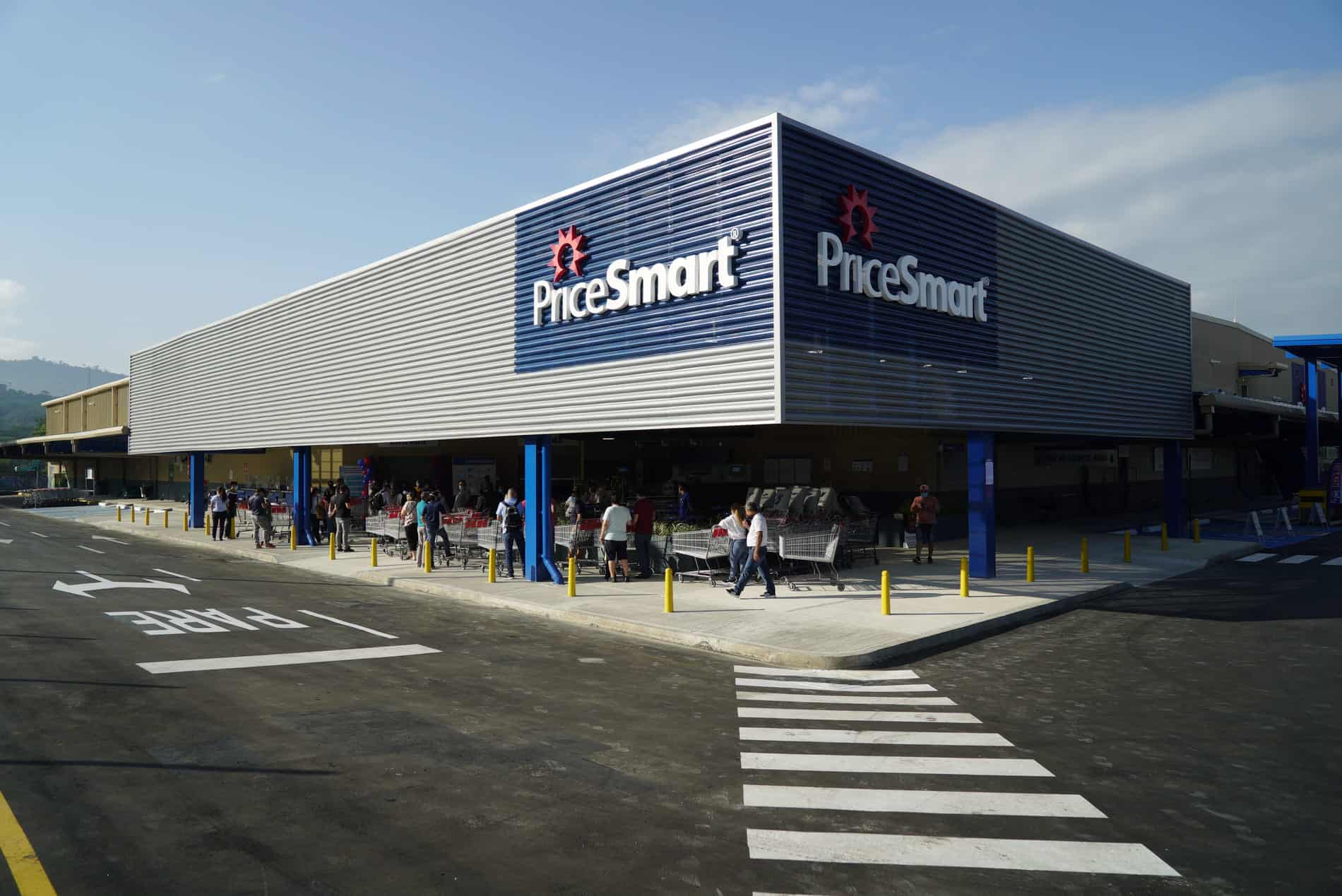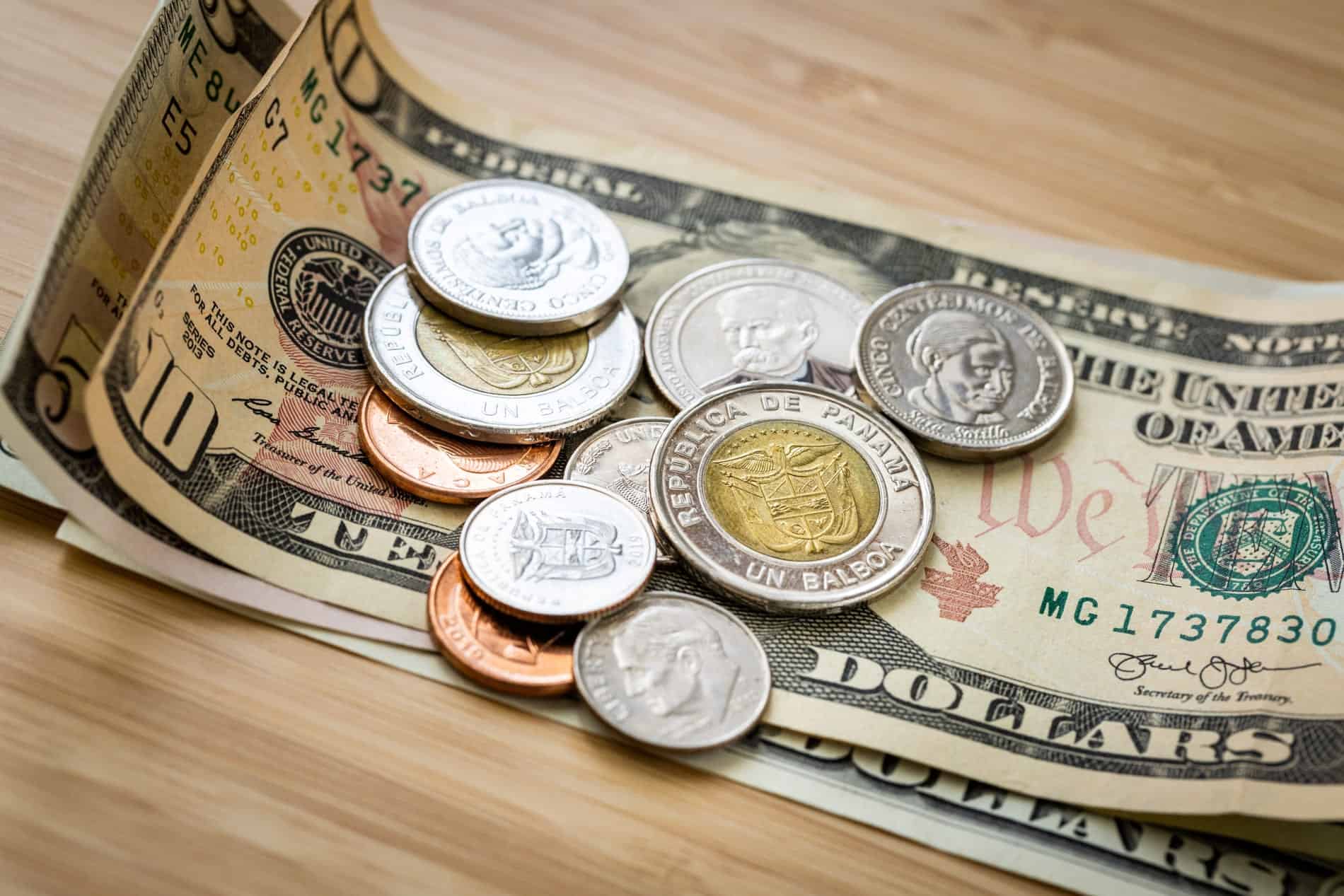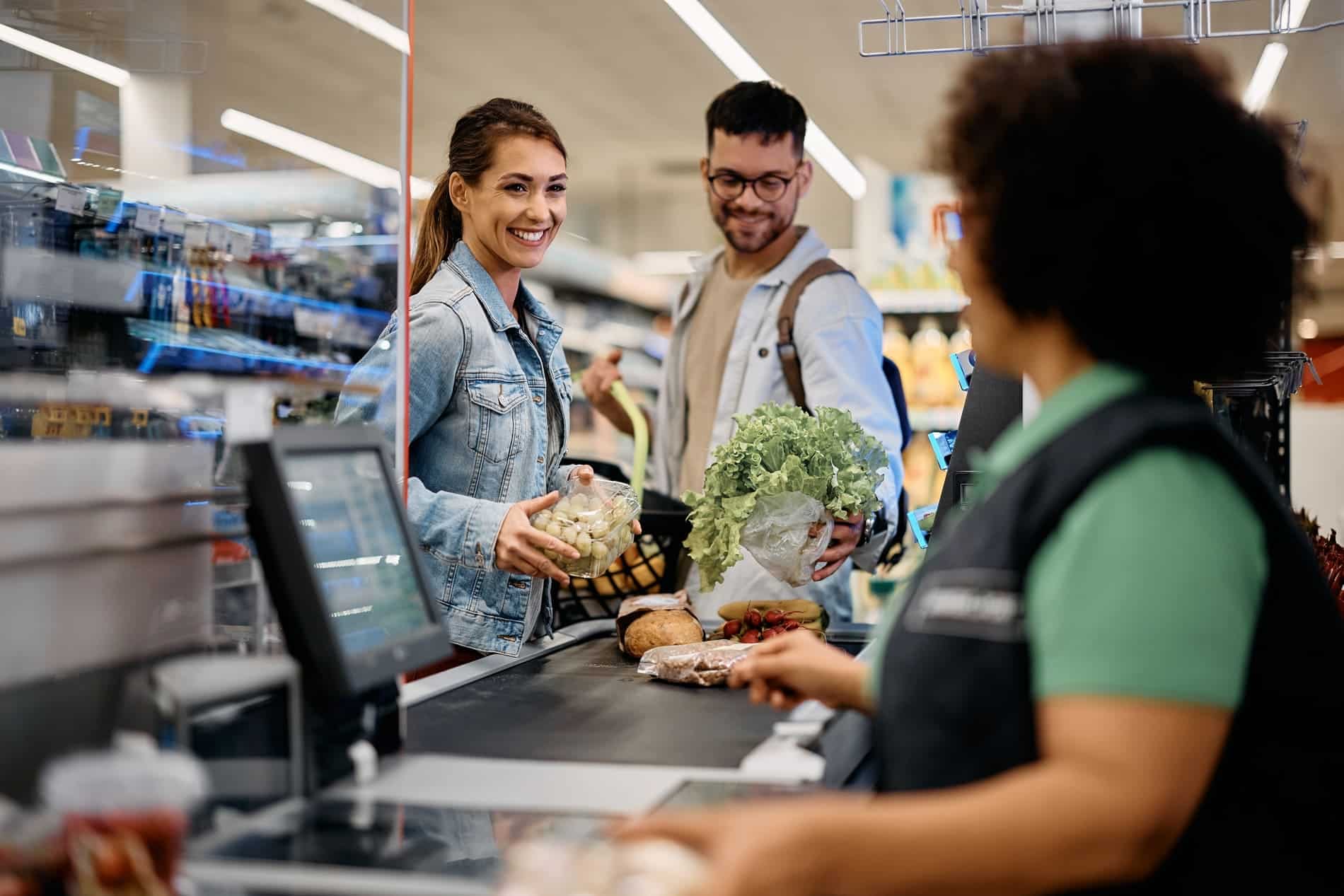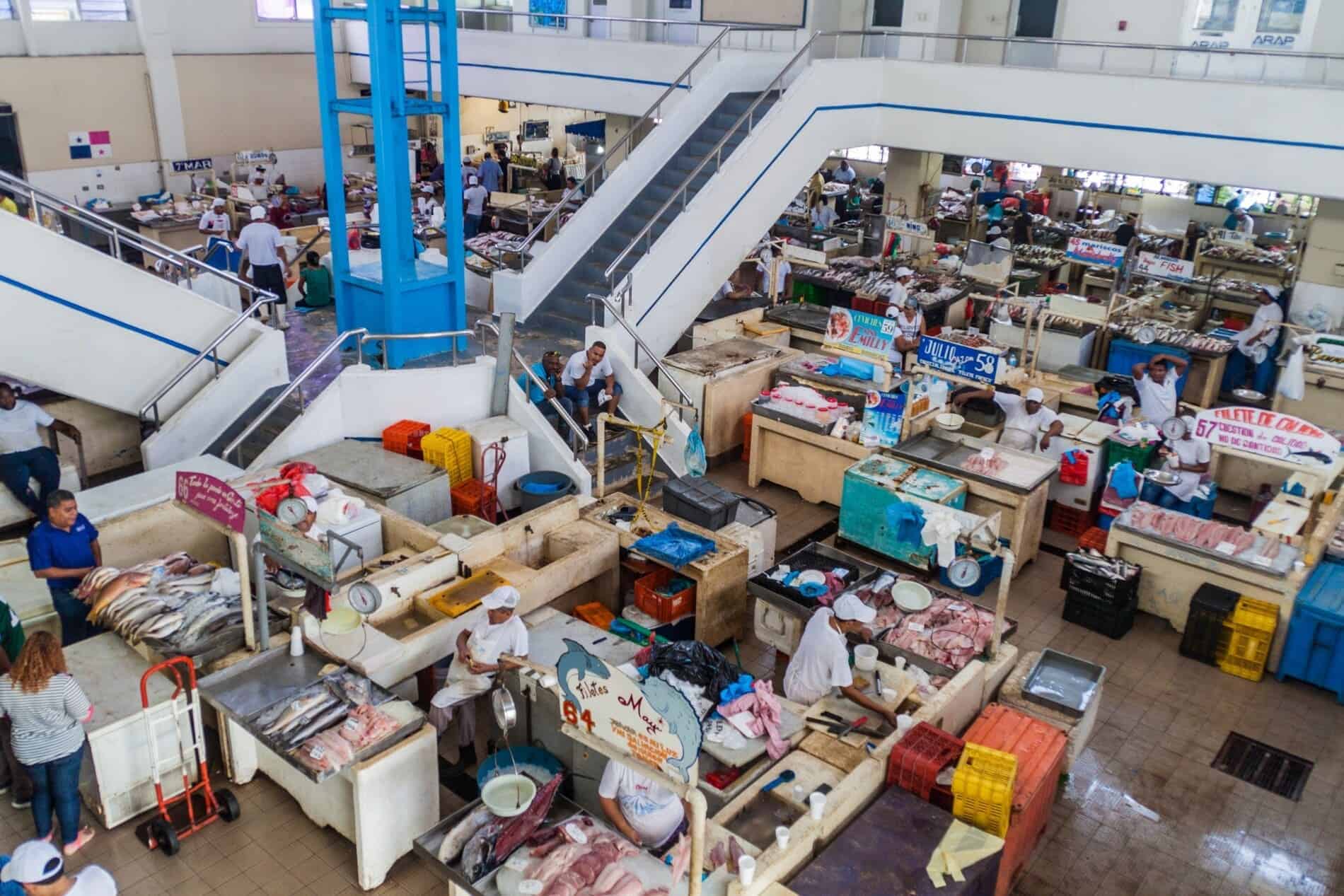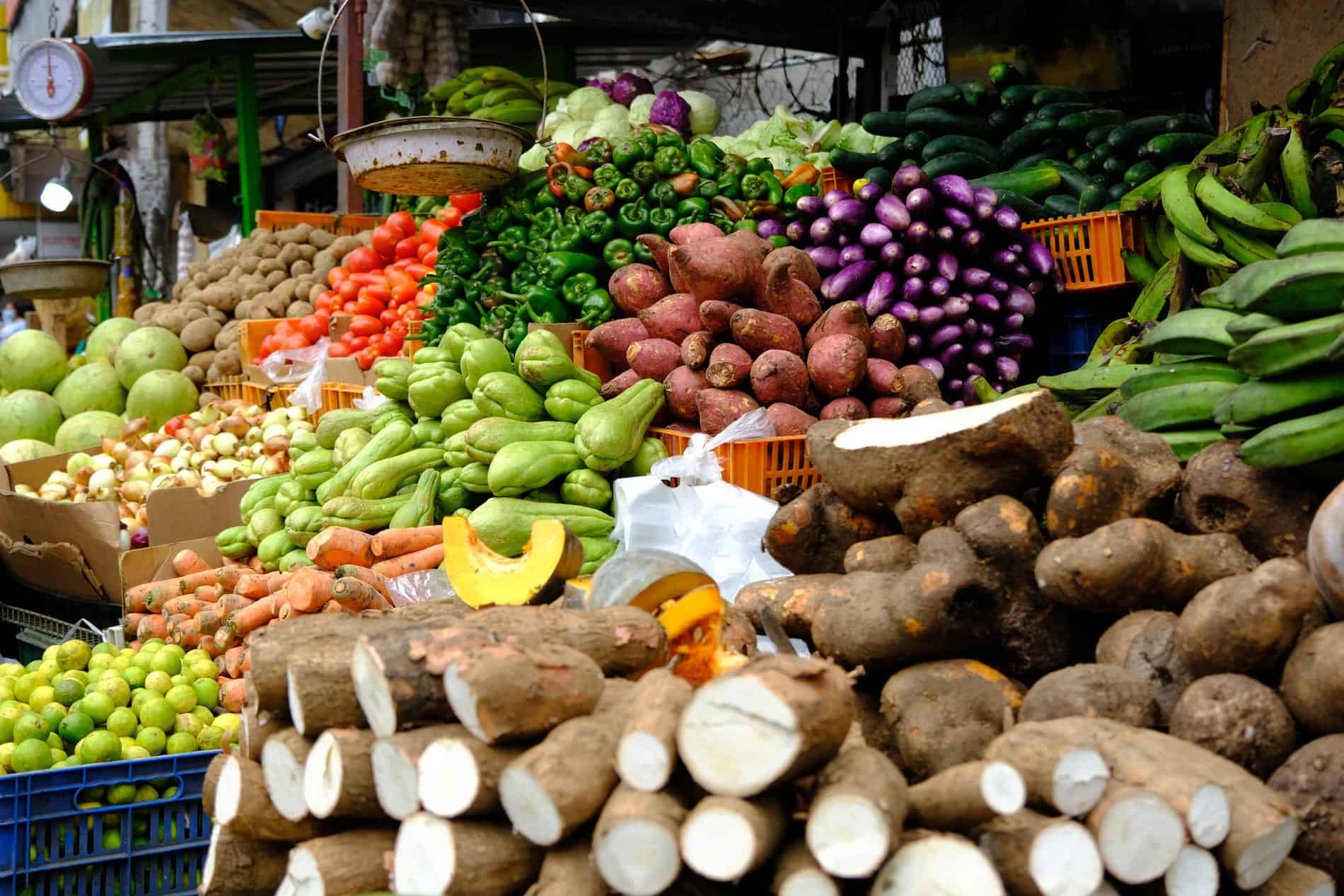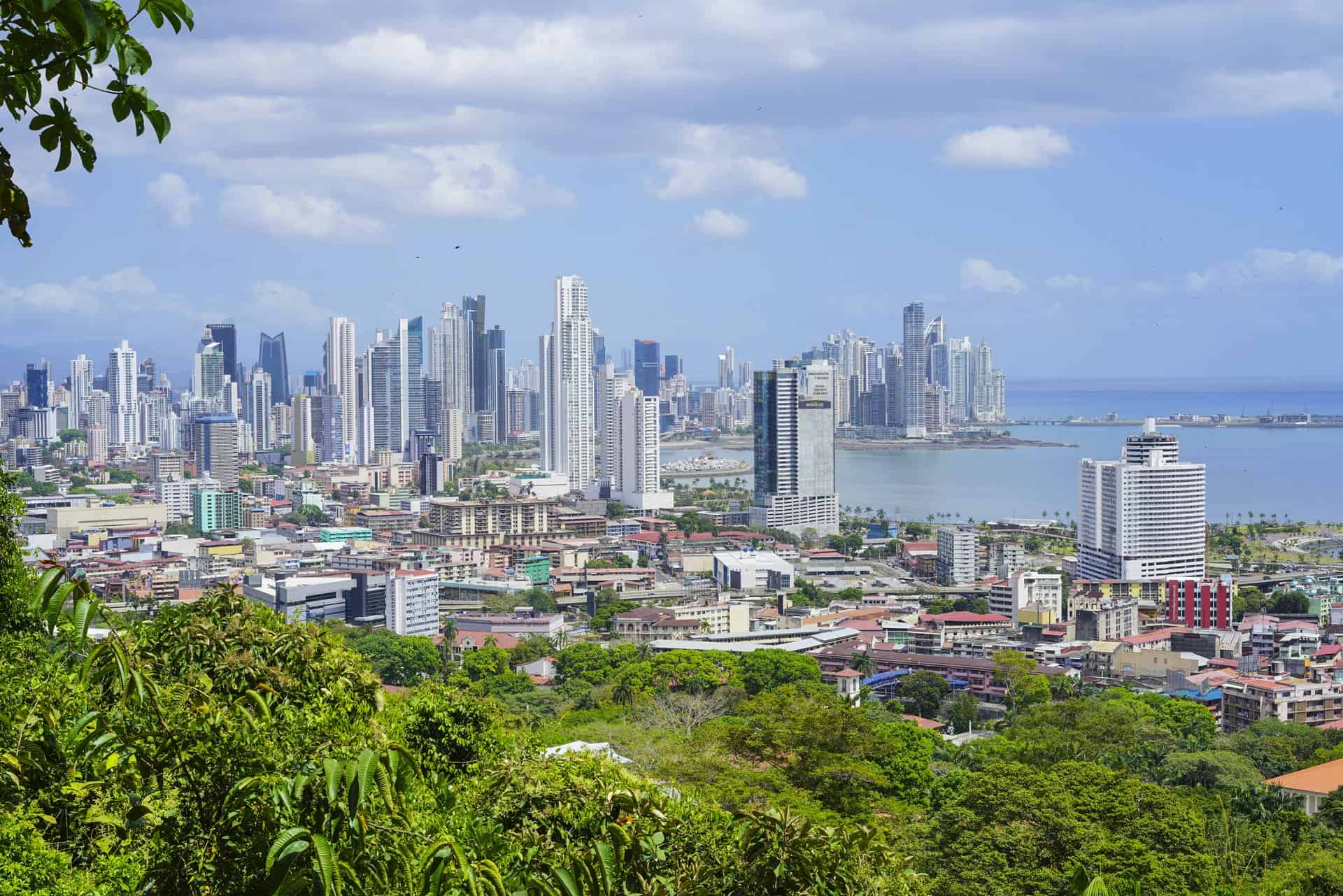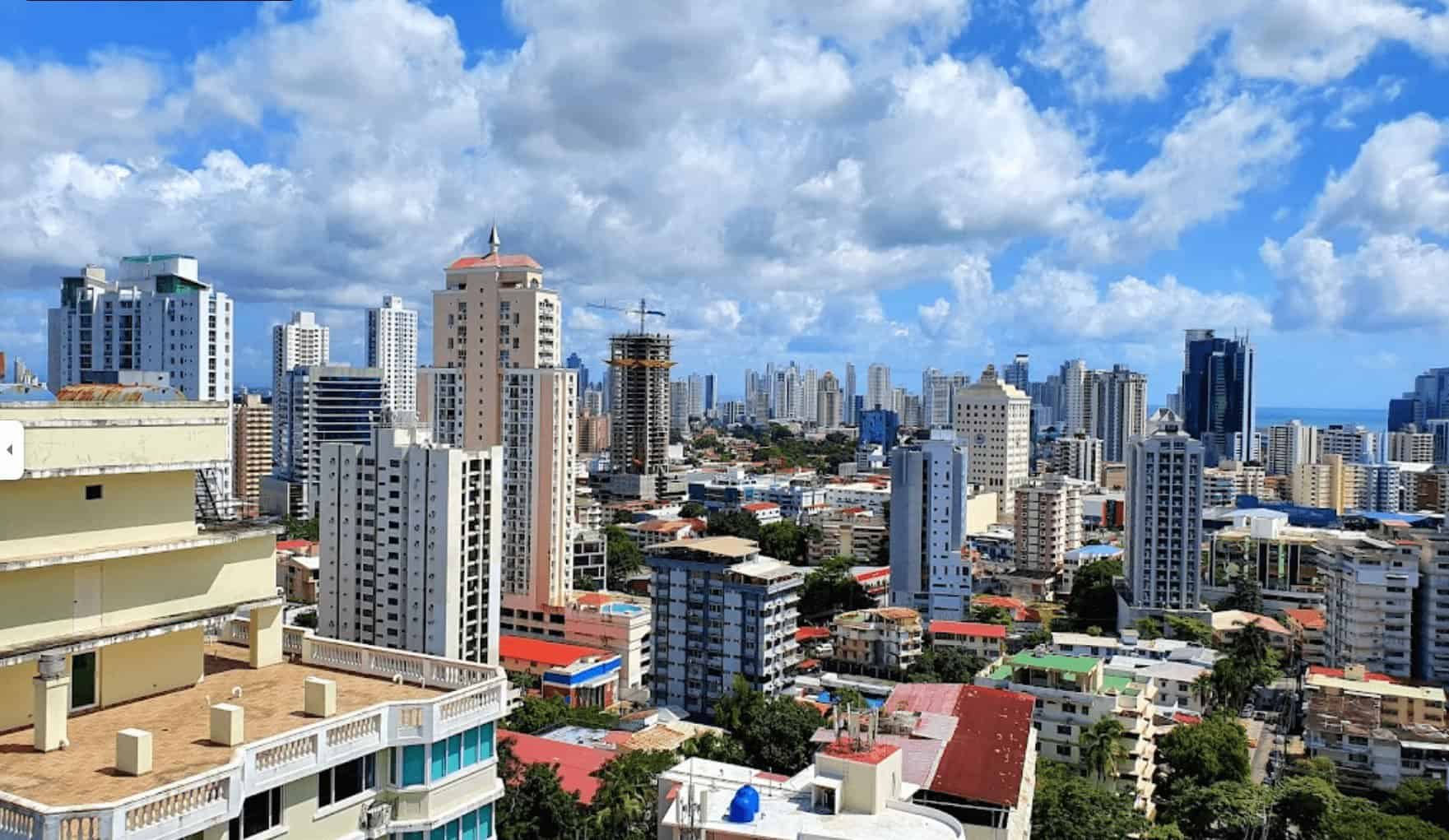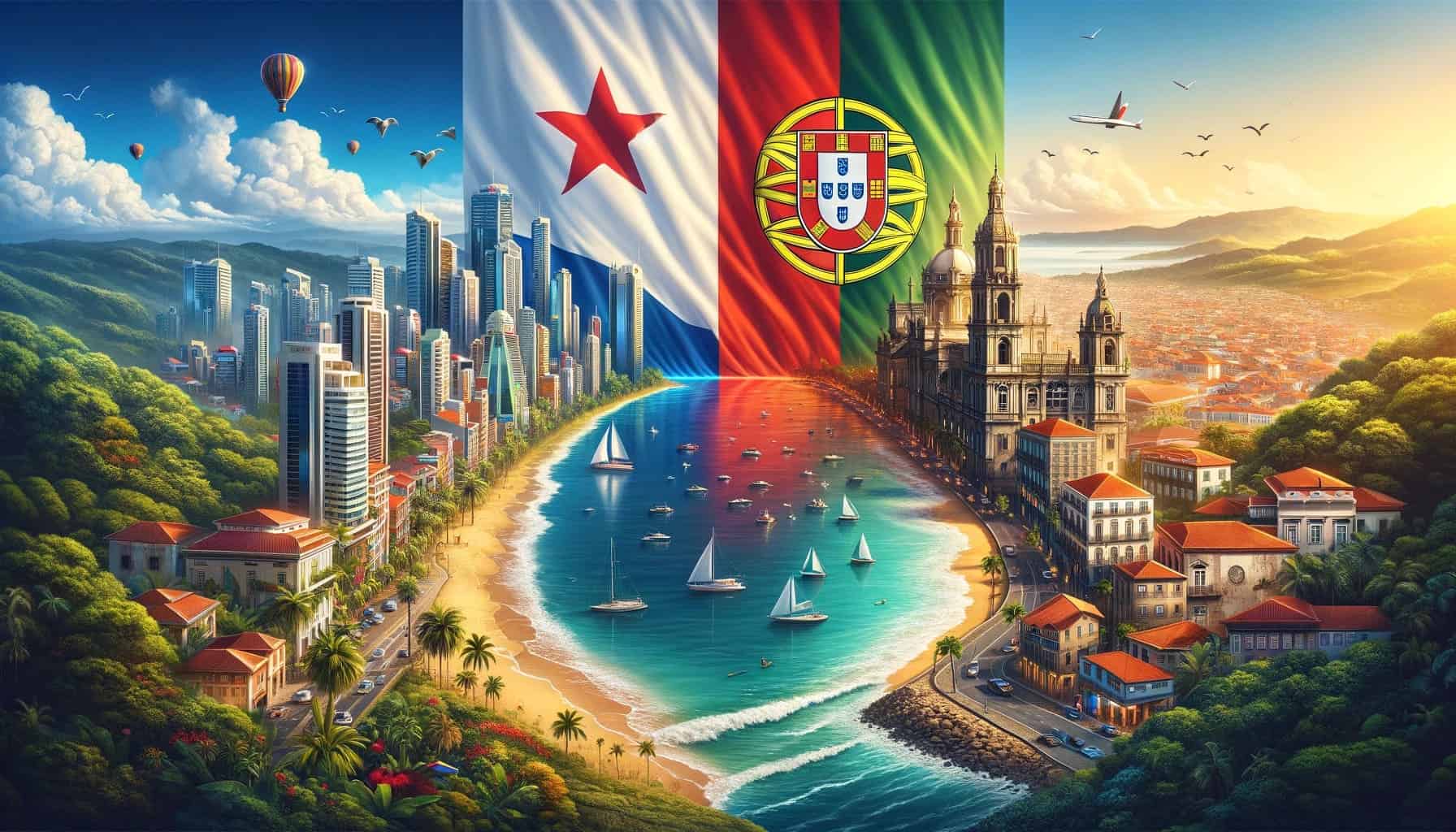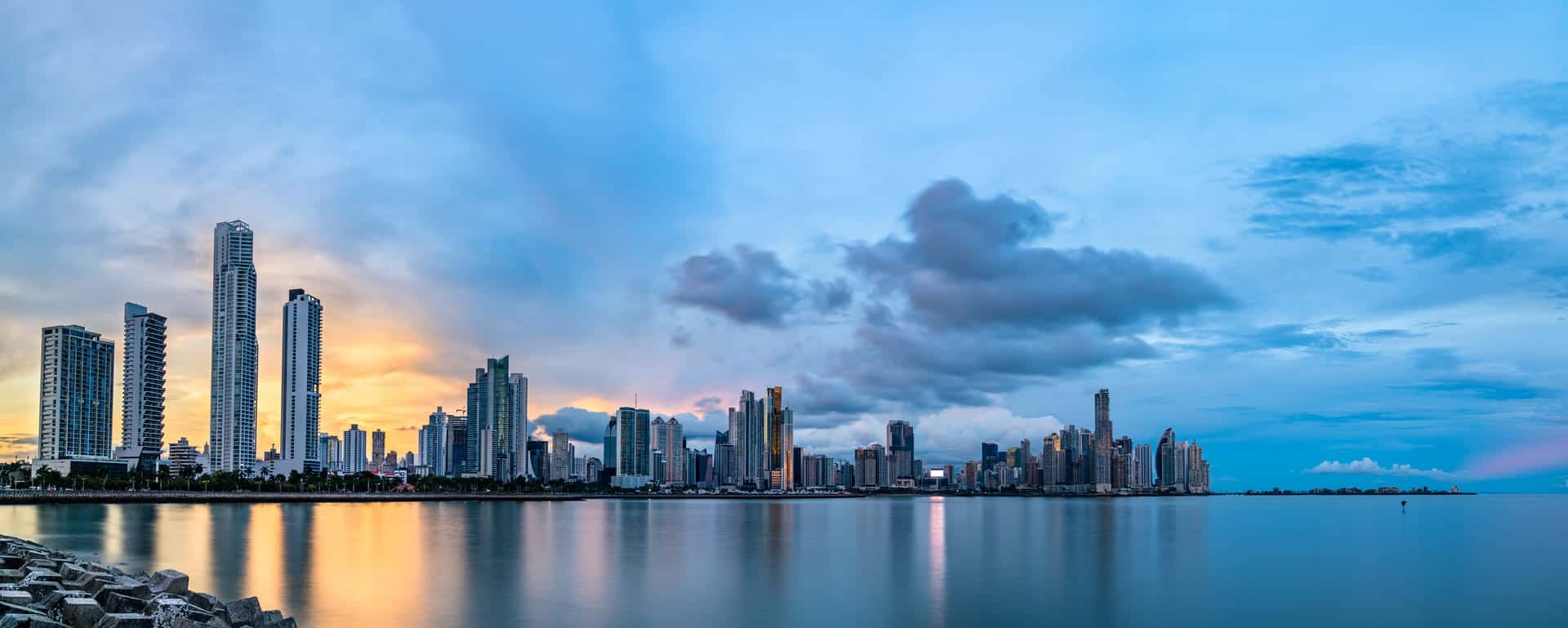In Panama’s daily life, grocery shopping stands out as an integral part. From modern supermarkets of Panama City to the old-fashioned local stalls in smaller towns. Understanding the nuances of grocery shopping in Panama is not just a matter of acquiring essentials, it is an exploration of the nation’s culinary identity and the diverse array of ingredients that define its gastronomic tapestry. This guide takes you through everything you need to know about grocery shopping in Panama. It covers everything from store opening hours, food safety to suggested attire for shopping trips. Read on to discover the key aspects of Panama’s food culture and to gain insights into the unique dynamics of grocery shopping in Panama.

Grocery Stores in Panama
In Panama, supermarkets offer a diverse range of products, ensuring that customers have a broad selection to choose from. What’s convenient is that many chains provide online delivery services. This option has become increasingly popular, offering a practical solution for those with busy schedules or those who prefer the convenience of having groceries delivered to their doorstep.
Major Supermarket Chains
- Super 99
Super 99 is a well-established and longstanding supermarket chain in Panama. These supermarkets provide fresh, packaged, and frozen foods. Super 99 outlets also offer a wide variety of kitchen utensils, cosmetics, and cleaning products. With numerous branches scattered throughout Panama, This supermarket has a strong presence across the country, including locations such as Paitilla, El Faro, Los Pueblos, San Miguelito, Albrook Mall, and many more making it a convenient and versatile shopping destination for a diverse range of products.Super99 strategically positions many of its branches near bus stops, ensuring convenient access for individuals who depend on public transportation. Furthermore, Super99 typically operate from 6:00 am to 9:00 pm, accommodating a wide range of customers throughout the day. This approach enhances accessibility and caters to the needs of commuters and shoppers alike.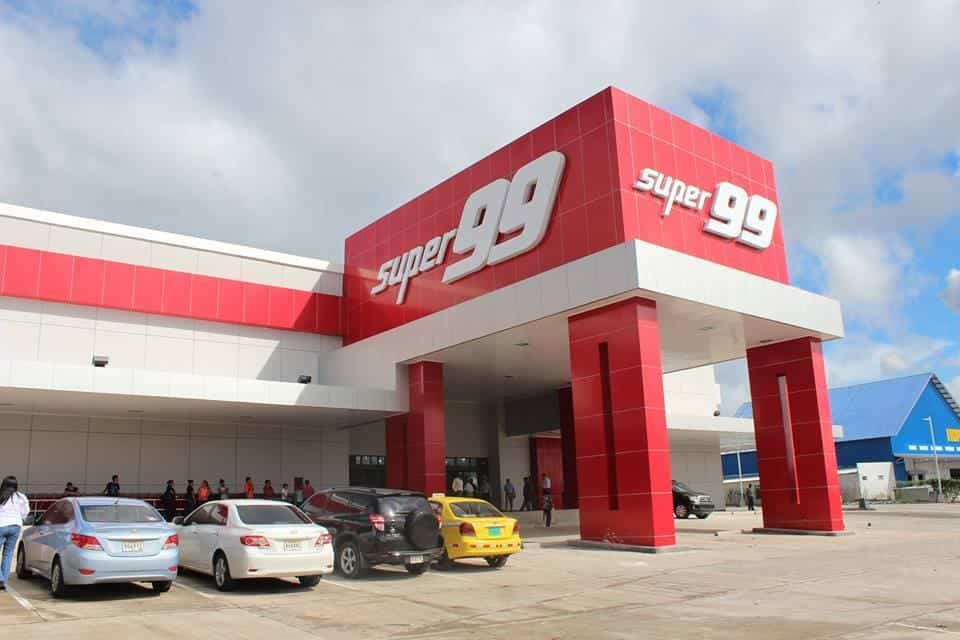
- Riba Smith
Riba Smith is renowned as Panama’s top choice for grocery shopping, drawing in both expatriates and local residents. What sets this grocery store chain apart is its impressive array of international brands, some of which are exclusive to their outlets. Riba Smith also provide a fully-equipped pharmacy, making it a true one-stop shop for essential needs. Riba Smith has firmly established its presence in Panama City, with outlets situated in key areas such as Bella Vista, Transistmica, Multi Plaza, and Costa del Este, ensuring convenient access for a wide customer base.Riba Smith’s commitment to customer satisfaction is reflected in its operating hours, which span from 7:00 am to 10:00 pm. This extensive timeframe allows shoppers the flexibility to visit the supermarket at their convenience, ensuring that their diverse needs are met efficiently and effectively.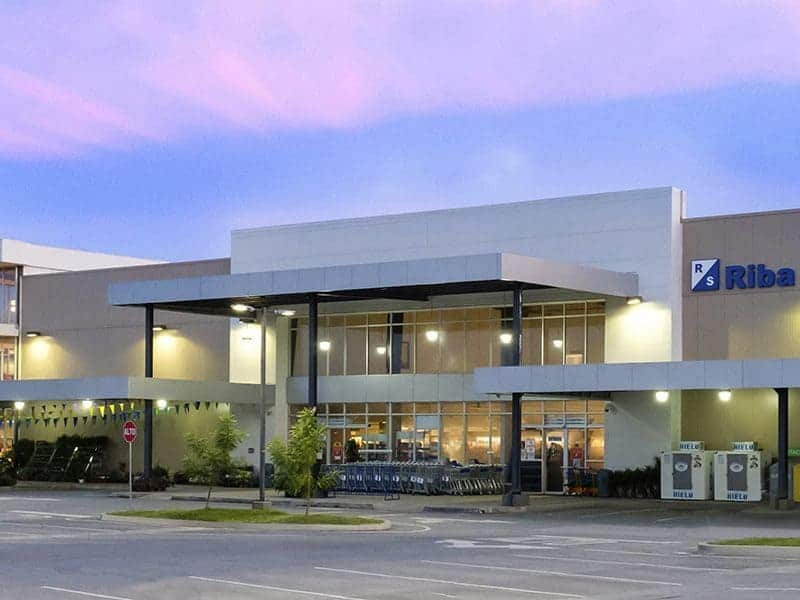
- El Rey
El Rey is renowned for its affordability and wide-ranging product selection designed to meet a variety of consumer requirements. At El Rey, shoppers can anticipate discovering a comprehensive array of everyday necessities, similar to what they would encounter in a typical American supermarket. What sets El Rey apart is its commitment to enhancing the shopping experience for its devoted customers through the provision of a rewards card. This card empowers shoppers to collect valuable benefits over time, granting them access to exclusive discounts and promotional offers, further sweetening the deal for their customers.El Rey outlets are strategically located throughout Panama, with branches in key areas such as España, Dorado, Centennial, Costa del Este, Brisas del Golf, and several other convenient locations. These outlets typically operate from 6:30 am to 10:30 pm providing customers with an extensive window of opportunity to shop.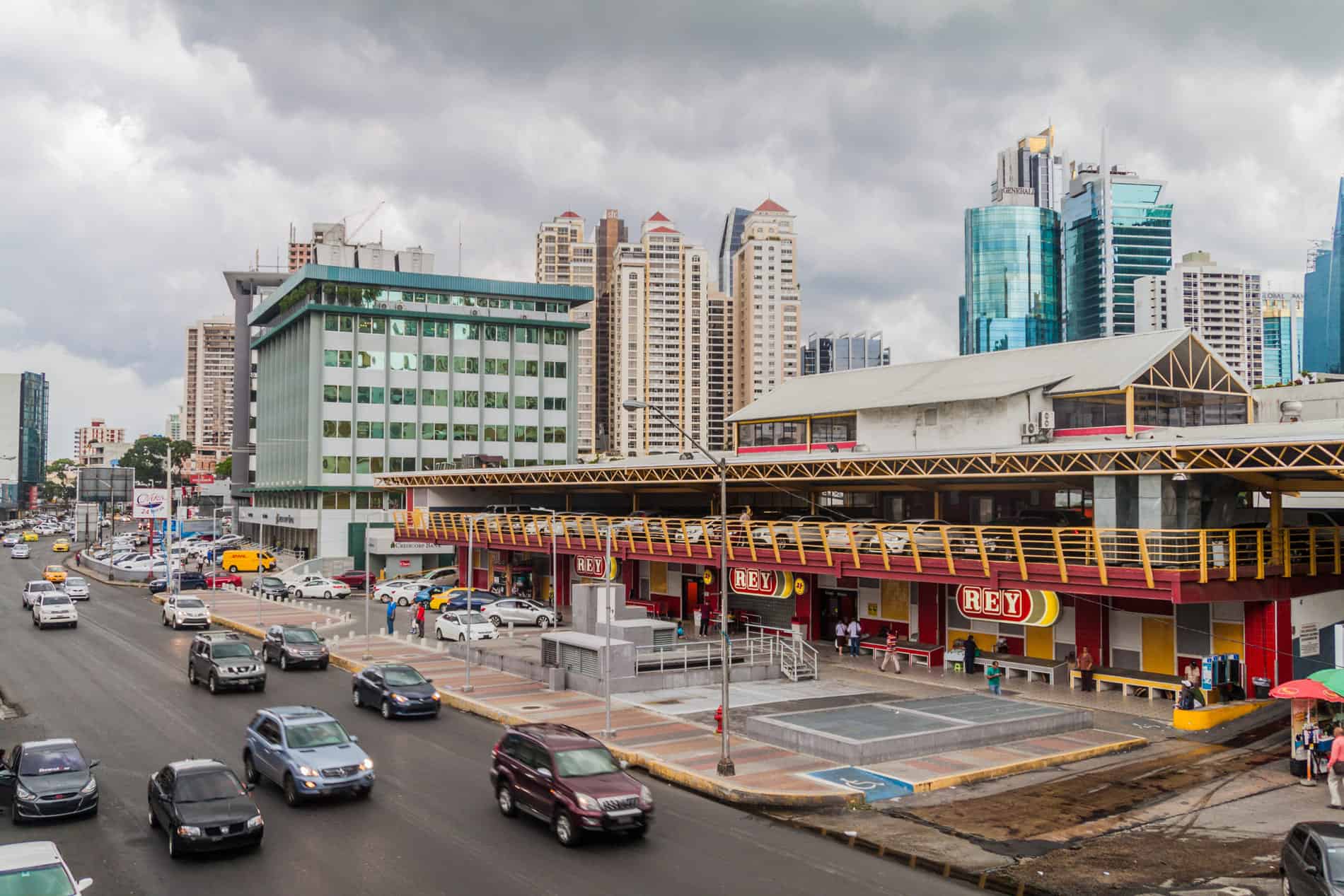
- PriceSmart
PriceSmart distinguishes itself as a prominent retail destination through its distinctive membership-based warehouse club concept. Unlike conventional stores, PriceSmart operates as an exclusive club offering a range of privileges to its members. This exceptional retail experience encompasses a diverse selection of products, spanning from everyday groceries to cutting-edge electronics and essential household items.PriceSmart has a wide presence across various locations in Panama, including San Miguelito, David, La Chorrera, and Panama City. Their standard operating hours typically range from 9:00 am to 8:00 pm.
Tips for Expats and Tourists when Shopping
- Choosing the Right Currency and Payment Method
In Panama, the official currency is the balboa, and its exchange rate has a unique relationship with the US dollar. One balboa is always equivalent to one US dollar. Interestingly, Panama does not issue its own paper currency but rather relies on the US dollar as its legal tender. When it comes to coins, Panamanian currency includes 1, 5, 10, 25, and 50-cent pieces, which share the same size, color, and weight as their U.S. counterparts. Both currencies, the balboa and the US dollar, are widely accepted and used in everyday transactions.In Panama, the predominant method of payment for groceries and general items is card. Shoppers will often find signs displayed at these stores, specifying the types of credit cards they accept.
- Supermarket during Holiday Season
As you can observe, holidays happen one after the other, giving people several days off from work. Some people even take additional days off in addition to the national holidays. Depending on the holiday, lots of people leave the City to visit their family and friends or simply to take a break and recharge. During these times, the City can feel quite empty, and biggest stores are closed. So, it’s a good idea to finish any tasks well in advance.Most major supermarkets and local convenience stores, known as “chinos,” are usually open on national holidays, though they might have shorter opening hours. So, you usually don’t need to worry about buying groceries. However, it’s worth noting that selling alcohol may be prohibited on certain holidays, so if you need it, make sure to buy it in advance. - Language Considerations
Having a few basic phrases in Spanish can make your time at the local markets in Panama more enjoyable and respectful. Simple greetings like “hola” or hello and “gracias” or thank you go a long way in showing appreciation for the local language. If you’re looking for something specific, knowing words like “cuánto cuesta” or how much does it cost can help you communicate effectively with vendors. It’s like a friendly gesture that not only bridges the language gap but also demonstrates your interest in embracing the local culture. So, consider learning a handful of these simple phrases they’re like keys that unlock smoother and more meaningful interactions during your market exploration.
Typical Grocery Prices in Panama
Panama City offers a wide range of grocery items at budget-friendly prices, making it an attractive destination for cost-conscious shoppers. Below, we delve into the typical grocery prices you can expect in Panama, providing a comprehensive overview of the affordability of essential items.
- Basic food items:
When you go shopping for groceries it’s essential to keep an eye on the prices. For instance, if you’re planning to buy a 1-kilogram bag of rice, it will cost you $4.76. Meanwhile, a 1-kilogram bag of sugar is priced at $1.44. If you need some salt, it’s coming in at just $0.77 per kilogram. - Meats:
When it comes to selecting meat to make a mouthwatering meal, it’s crucial to be mindful of your budget. Beef, is available at an average cost of $6.65 per kilogram. Meanwhile, chicken is priced at just $3.65 per kilogram.
- Seafoods:
Now, let’s dive into the world of seafood. Fish prices can vary quite a bit, from as low as $3.9 to as high as $12 per kilogram. If you’re a fan of crabs, you’ll find them in a price range of $10 to $25 per kilogram. Oysters are also on the menu, with prices ranging from $8.75 to $12.5. So, there’s a wide range of options to suit your budget when it comes to these delicious seafoods. - Fruits and Vegetables:
About the prices of fruits and vegetables. For instance, if you want to buy apples, they’ll cost you $2.65 for every 1 kilogram you purchase. On the other hand, bananas, will set you back $2.05 per 1 kilogram. Now, if you’re looking at vegetables, potatoes are priced at $1.85 per kilogram, while carrots are a bit more expensive at $2.45 per kilogram.
- Canned Goods:
Let’s talk about the costs of canned food. If you want to buy a 170-gram can of Tuna loins in water, it will cost you $1.55. If you prefer canned fruits, this will cost you $1.50 per can. The various options of canned goods for your pantry, make it easy to find affordable ones that suit your taste. - Condiments:
If you’re looking to purchase a 1-liter bottle of Balsamic vinegar, it will set you back $10.49. On the other hand, a 1-liter bottle of Worcestershire sauce is priced at $2.16. Quality and affordability define our offerings, though prices may vary based on location and availability. - Dairy and Eggs:
If you’re thinking about getting some dairy products. A 1 liter of milk, is available for purchase at a price of $1.70. If you’re in the mood for a dozen eggs, it will cost you $1.99. - Beverages:
You can go for alcoholic beverages, such as a 700 ml bottle of whiskey for $22.16 or a 700 ml bottle of vodka for $9.82. Alternatively, if you prefer non-alcoholic choices, a 1.5-liter bottle of water is available for just $1.12, and a 1-liter bottle of orange juice costs $1.46.
Food Shopping Safety Guidelines
Navigating food shopping safely is paramount in ensuring the well-being of both yourself and those around you. From handling fresh produce to maintaining social distancing measures, these guidelines aim to empower you with the knowledge needed for a secure and responsible food shopping experience.
- Prioritize cleanliness: Always prioritize cleanliness when grocery shopping. Opt for reputable businesses that adhere to stringent food safety regulations. Assess the overall cleanliness and hygiene of the store. It’s essential that the facility looks and smells clean to maintain food safety standards. If available, utilize the hand sanitizer provided at the store’s entrance. Ensure that both your hands and the shopping cart handle are sanitized to minimize the risk of contamination.
- Organize your shopping: Start your grocery shopping by gathering non-perishable items such as canned goods, dry goods, and pantry staples. These items have a longer shelf life and can withstand being in your cart for an extended period. After securing your non-perishables, proceed to select refrigerated and frozen items like dairy products, meats, and frozen foods. Make the deli counter your final stop during your shopping trip. Place deli meats and other cold cuts near your refrigerated and frozen items in your grocery cart. When it comes to fresh fruits and vegetables, prioritize placing them on top of your other groceries in the cart. This practice prevents them from getting squished or damaged by heavier items and ensures their freshness and quality.
- Choosing fresh produce: When visiting a farmer’s market, consider going early in the morning to ensure the freshness of the produce. This timing helps you avoid items that may have been exposed to the elements for an extended period. It’s advisable to choose loose produce over packaged items. Avoid purchasing items that show signs of mold, significant bruises, or cuts. When shopping for fruits and vegetables, it’s prudent to buy only the amount you anticipate consuming within a week. When purchasing juices, particularly if they’re not freshly squeezed, opt for pasteurized varieties that have been stored in a refrigerated section.

- Check food packages carefully: Examine food packages thoroughly, ensuring there are no holes, tears, or openings. When purchasing frozen items, verify that they are solid with no signs of thawing. Refrigerated items should feel cold to the touch. Check for safety seals on jars and containers. A loose or damaged lid can signify that the vacuum seal has been compromised, increasing the risk of contamination. Exercise caution when buying canned goods. Avoid cans that are deeply dented, especially those where you can lay your finger into the dent. Deep dents and bulging cans can be indicative of botulism risk, while sharp dents can compromise the can’s seal, allowing bacteria to enter.
- Choose fish and seafood wisely: Purchase fish exclusively from trustworthy sources, such as reputable grocery stores and seafood markets. When selecting fresh fish, carefully examine it to ensure it meets quality standards. If you opt for packaged seafood, confirm that it is well-packed in ice. When buying unwrapped cooked seafood like shrimp, crab, or smoked fish, make sure it is displayed separately from raw fish.
- Inspect dairy and milk products: When selecting dairy items, prioritize cartons and containers that feel cold to the touch. This ensures that the products have been adequately refrigerated and maintained at the appropriate temperature. Before adding eggs to your cart, thoroughly inspect them to ensure they are clean, unbroken, and free from cracks. To minimize the duration dairy products, spend outside of refrigeration, consider buying items like milk and other dairy products toward the end of your shopping trip.
- Examine meats and poultry closely: Always examine the packaging of perishable items like meat and poultry. Make sure the packaging is tightly sealed to prevent any potential contamination. Additionally, the packaging should feel very cold to the touch, indicating that the product has been properly refrigerated. Opt for chicken that appears pink and avoid any that looks gray, as this can be a sign of spoilage or improper handling. When purchasing items like bacon and fresh sausage, be sure to look for the Safe Food Handling label on the packaging. This label indicates that the meat has undergone safe processing, including proper handling and sanitation procedures. It’s a good practice to shop for meats and poultry after you’ve selected non-perishable items
- Keep certain foods separate: Place raw meat, poultry, and seafood in plastic bags before putting them in your cart. This simple step helps prevent any juices or liquids from leaking and dripping onto other items in your cart, especially ready-to-eat foods like bread or produce. When you’re at the checkout counter, be sure to keep raw meat, poultry, and seafood in separate bags from ready-to-eat foods.
- At home: If you anticipate running errands or being away from home for more than 30 minutes after grocery shopping, consider using a cooler with chill packs for perishable items. Upon returning home, place perishable foods in the refrigerator or freezer as quickly as possible. During hot summer days, refrain from storing perishable groceries in the hot trunk of your car. Instead, place them inside the air-conditioned cabin of your vehicle. This practice prevents unnecessary heat exposure, which can lead to the deterioration of food quality and safety.
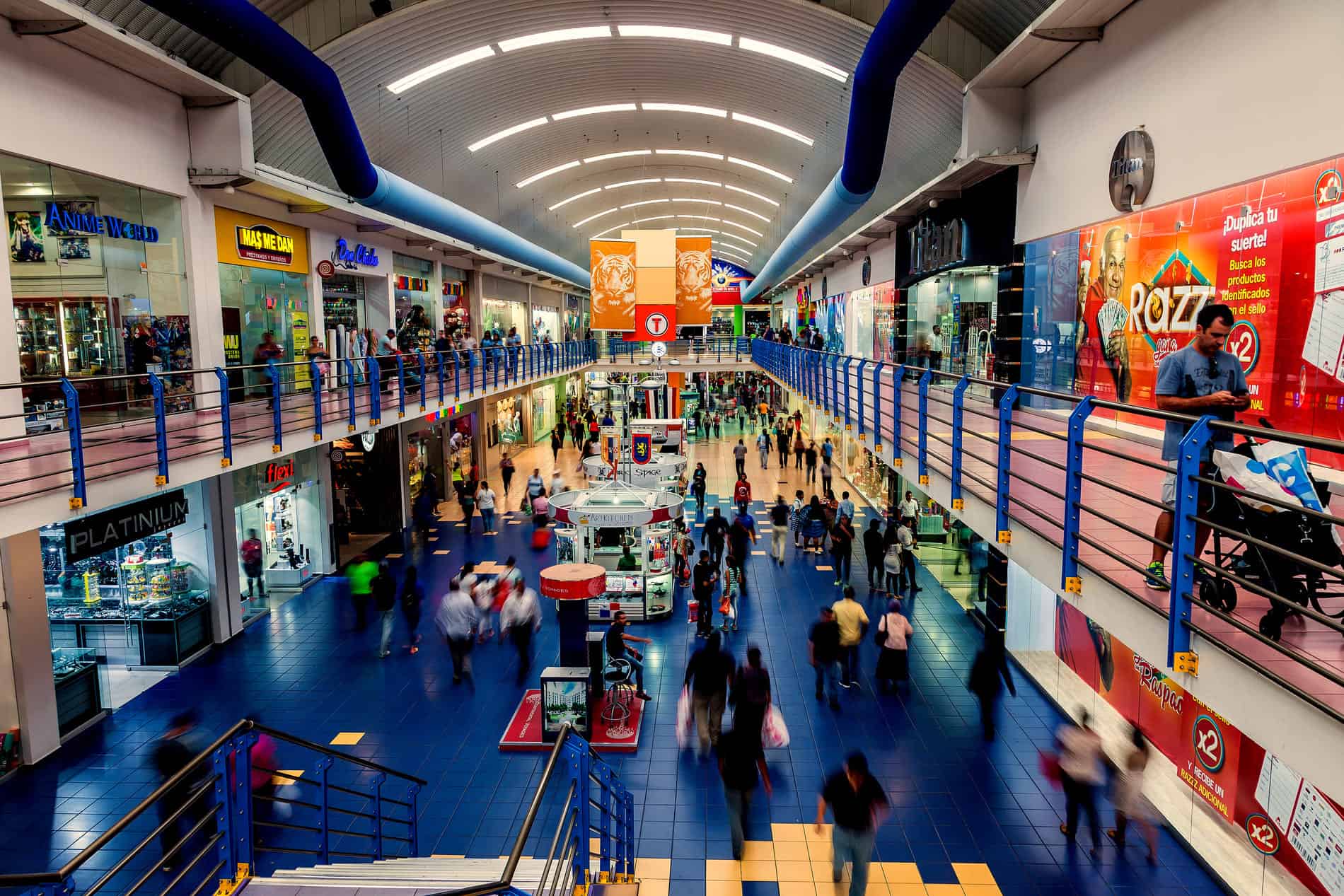
Practical Tips for Navigating Local Markets
Best time to visit
If you prefer a less crowded shopping experience, plan to shop either early in the morning at 8 a.m. or late in the evening at 8 p.m. on any day of the week. During these off-peak hours, you can navigate the lanes and checkout quickly, avoiding long lines and crowded spaces. Grocery stores tend to be most crowded during midday on weekends when many shoppers are out and about. Another busy period is between 4 p.m. and 6 p.m. on weekdays, as people finish their workdays and head to the stores. Avoiding these times can help you shop more efficiently.
If you want to maximize your chances of a less crowded shopping experience, consider going grocery shopping on Wednesdays. Mid-week days like Wednesdays typically see fewer shoppers, making it an ideal time to visit stores with less hustle and bustle. If you’re looking for the freshest bakery, deli, and produce items, aim to shop right when the store opens or shortly before closing. These times increase the likelihood that these sections have been recently restocked, ensuring you get the freshest products available.
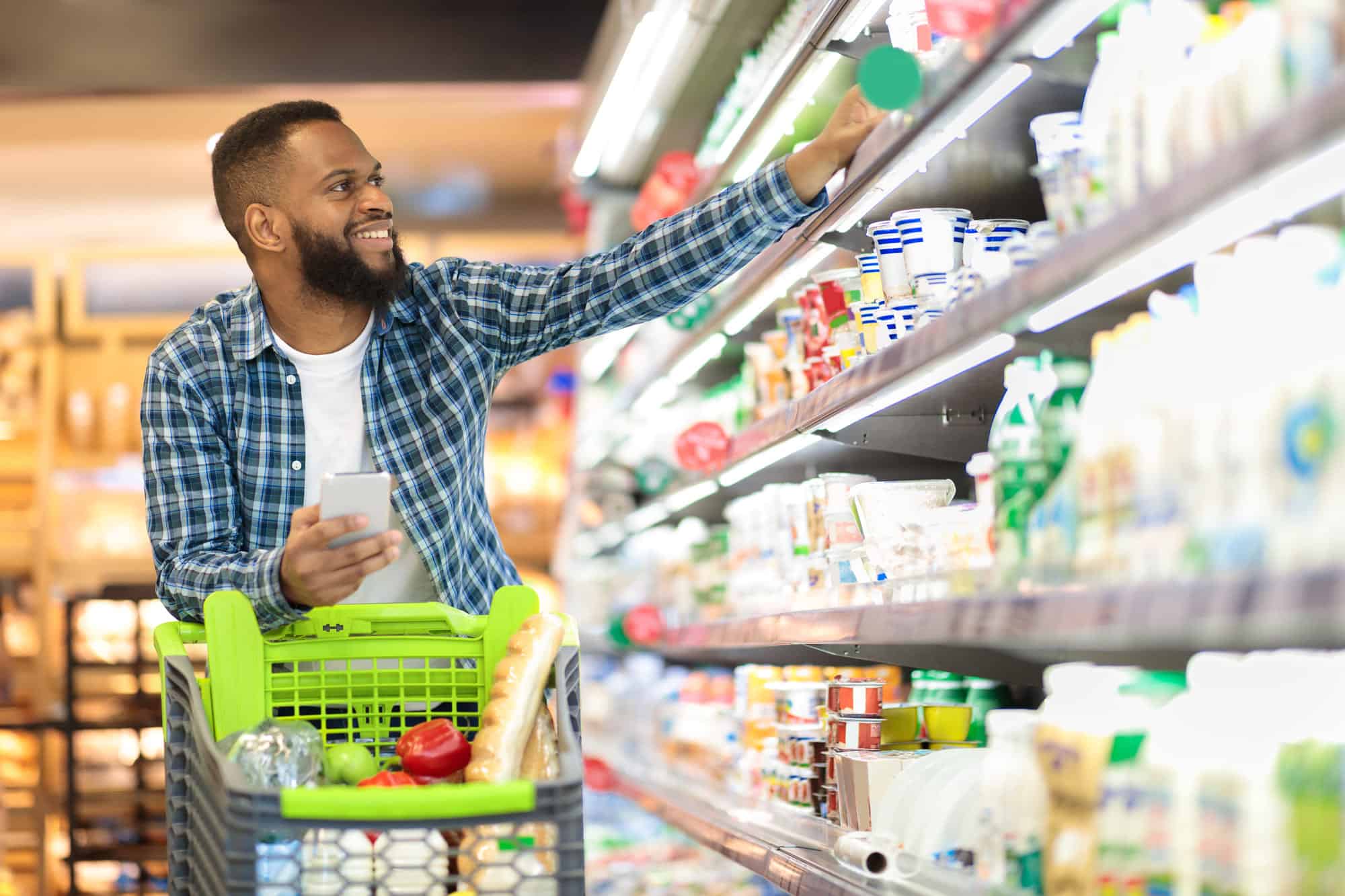
How should you dress for a grocery shopping?
Opt for clothing that allows easy movement while shopping. Consider wearing jeans or leggings paired with a comfortable t-shirt or blouse. These attire choices will help you navigate the store comfortably and efficiently. Prioritize comfort when selecting your footwear. Ideal choices for traversing the store quickly and safely are sneakers or supportive flats. These shoes will provide the necessary comfort and support during your shopping expedition.
Leave behind low-cut tops or shorts that may not be suitable for the shopping environment. Opt for modest and respectful attire. Don’t forget to bring a suitable bag to transport your groceries home. Having a bag on hand, whether it’s a reusable tote or a backpack, will help you carry your purchases conveniently and sustainably.
Watch over your valuables
In busy grocery stores, it’s important to stay alert and keep an eye on your belongings to prevent any unexpected incidents. Crowded places can be hectic, and being mindful of your personal items, like bags or wallets, helps ensure they stay safe. Simple actions, such as using a secure cross body bag or keeping valuables in a front pocket, can significantly reduce the risk of mishaps. By staying vigilant and taking these precautions, you can enjoy your market experience with peace of mind, focusing on the vibrant atmosphere without worries about the safety of your belongings.
Conclusion
In summary, navigating the aisles of Panamanian supermarkets, such as Super 99 and El Rey, offers a diverse shopping experience. From fresh fruits and vegetables to household necessities, these grocery stores cater to a wide range of needs. The convenience of online delivery services adds an extra layer of ease, allowing you to shop effortlessly from home. Embrace the variety of choices, explore local products, and enjoy the simplicity of grocery shopping in Panama.
As you embark on your grocery journey, keep an eye on updates regarding store locations and online services. The evolving landscape of supermarkets in Panama aims to provide customers with not only quality products but also convenient ways to access them. So, whether you prefer the traditional in-store experience or the modern online approach, the vibrant world of Panamanian grocery shopping awaits, ready to meet your needs.

